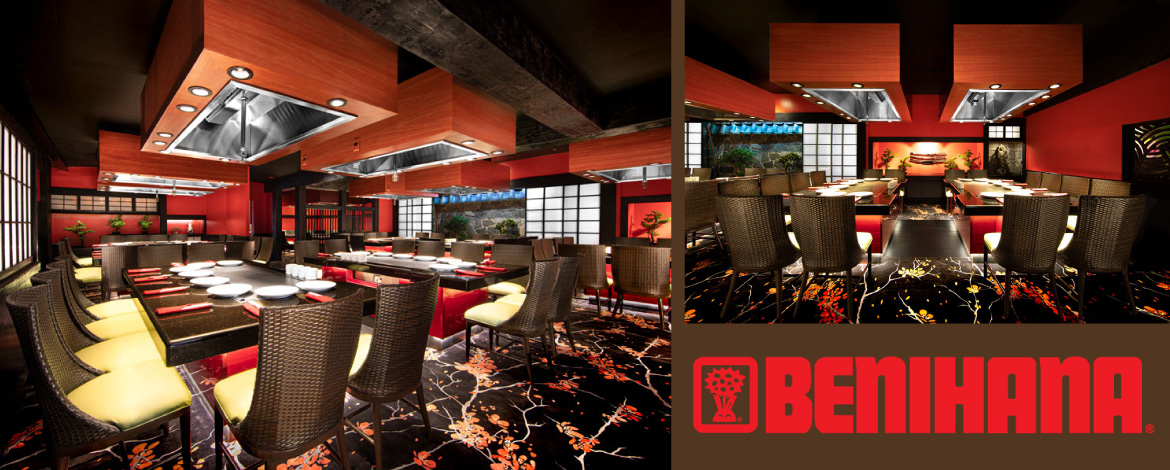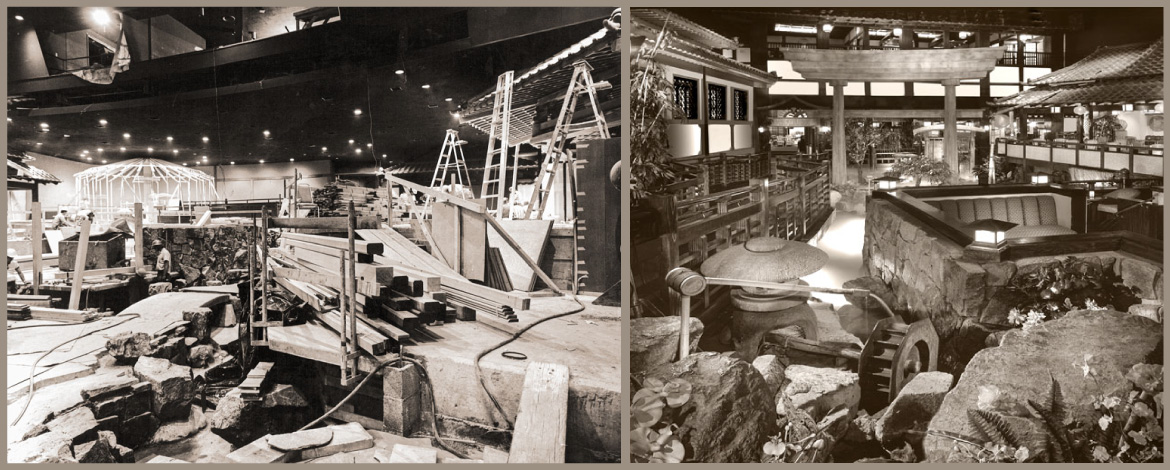Every now and then great opportunities come my way to photograph vintage Las Vegas restaurants from yesterday’s past. Sadly, few of these establishments still exist in Las Vegas, as casino bosses have been replaced by Wall Street minded executives focusing solely on profit & loss statements; if a restaurant concept is no longer highly profitable, make way for another trendy fare that’s killing it in New York or Paris. It’s not that this town or its operators lack passion for the Vegas of yesteryear, but money dictates the direction of the majority of these now publicly held casinos and resorts. Additionally, in defense of these executives, many of the older hotel buildings and their dated infrastructures prohibit the ability to execute today’s need for high-volume dining. There did exist a time in Las Vegas when a resort’s restaurants were an amenity to guests’ needs and gaming was the focus of revenue-making.
One such dining concept that continues to prove itself year after year, decade after decade and now closing in on nearly half-a-century is the original Benihana Las Vegas located at the Westgate Resort. Not familiar with the Westgate Resort? Sure you are - it’s the former International Hotel conceptualized and developed by Kurt Kerkorian opening in 1969. Still doesn’t ring a bell for you? How about home to Elvis Presley and Liberace during their famed residencies. Need more? For James Bond fans, the International was matte shot to appear as the casino-hotel named Whyte House in Diamonds Are Forever, where Sean Connery scaled the top of the building to confront Ernst Stavro Blofeld, a diabolical agent of SPECTRE. The Strip certainly has its fame, but some of the biggest names in Vegas made their mark at the International Hotel.
In 1971 Kerkorian sold the International to Hilton Hotels. The Las Vegas Hilton looking to create a massive Japanese dining experience to further the multi-cultural montage theme, choosing Hiroaki “Rocky” Aoki’s wildly successful New York restaurant Benihana of Tokyo. Billed not just as a another Benihana restaurant, the concept was to create an entire Benihana Village consisting of multiple Japanese culinary offerings, gardens, bridges, water features, lounges and of course the world-famous teppan-yaki (heated metal plate – pan-fried) chef-centric cooking experience. If your parents didn’t introduce you to Benihana at a young age - shame on them.
When Westgate Resort hired me to photograph the interior of the newly renovated Las Vegas Benihana teppanyaki grill rooms, for the hotel’s 50th anniversary, I was excited, as it was so very different from the hundreds of other restaurant interiors I have photographed in Las Vegas.
The first challenge of Benihana’s main dining space was the amount of exposed stainless-steel lining the ventilation hoods over the teppan grills. Steel reflects everything and bounces not just light, but any colors in the room that cast off it. In this case the combination of red and yellow was my nemesis. Second, was the breadth of the room. One aspect that is often overlooked in architectural photography is lighting the most distant areas and objects. If you simply key-light a room from the camera’s peripheral (left/right) position, there’s the inverse square law of light fall-off. Just as sound dissipates, as it travels into the distance, so does light. For this reason, it was important to place numerous Kino Flo and pepper lights at various points of interest to establish both depth and detail. Where lights could not be hidden from camera view, they were removed via layer mask in Photoshop. For the traditional shoji room dividers (rice paper walls) I placed strobe lights behind them to accentuate what I felt was a key element of Japanese interior design. Lastly were the yellow seat cushions brightly lit by the hidden LED strip lighting underneath the teppan grills. Since my base exposure was metered on the larger and darker portion of the room the yellow fabric was quick to overexpose. To resolve this HDR was applied then further dumbing-down of the highlights was adjusted by hand using a Photoshop paint brush.
For the record, you will be forgiven, if you always thought Benihana was the name of the founding chef. It is however the Japanese name for a safflower. Really? Have a look at their brand logo for further proof. Also, you’re never too old while dining at Benihana to exclaim “Volcano!”. If you’re not familiar with the proverbial onion volcano, once again, blame your parents for not immersing you sooner. Finally, NEVER use your rice bowl as a placeholder for your chopsticks. It's not just faux pas, it will ensure bad luck upon you. I was excoriated at a young age when I did just that.
While photographing this famed restaurant, the Westgate marketing team unearthed thousands of vintage photographs from years past and shared them with me. The first image below shows the construction of Benihana Village in 1973. The second professionally shot interior architectural image was taken upon opening in September 1974. Perhaps fifty years from now, when celebrating 100 years of Benihana Las Vegas, my images will be shared too. Fun stuff.
For further information, please visit Benihana, Westgate Resort, Las Vegas, NV

